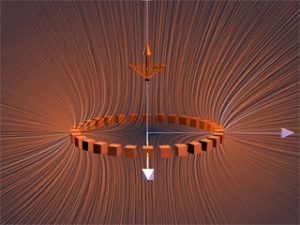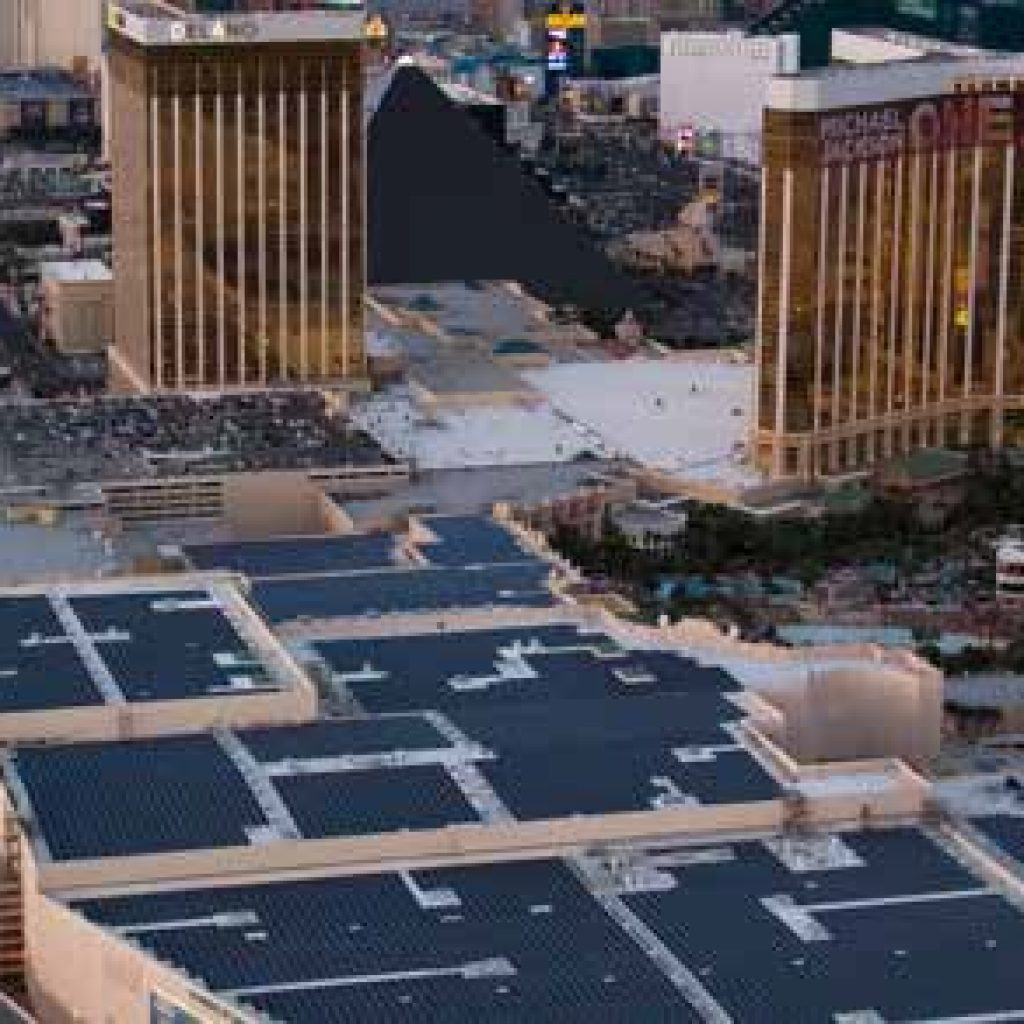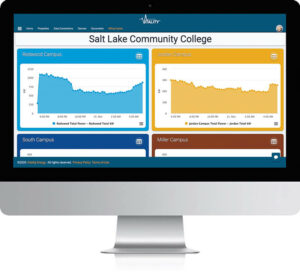This is a question we get a lot from a number of different customers and we have heard a number of different answers to this question.
To really understand the answer you must first understand what demand is. For purposes of this post we are going to oversimplify energy demand. Demand is the average of the three highest peaks of your energy consumption in any 15 minute period. This “highest average” could occur during any 15 minute period during the month, day or night, rain or shine.
You must also understand how solar works.
Boost your return on investment of energy conservation measures through real-time energy metering
A CASE FOR SOLAR REDUCING DEMAND
At first glance the answer seems simple enough, it becomes easy to assume that yes, PV Solar does reduce demand charges on your power bills. This is safely assumed because solar is generating power, thus reducing the “peaks” that the utility needs to supply. Let’s explore a theoretical customer example.
Let’s say that you are contemplating installing a 300KW nameplate solar system tied into your building in Salt Lake City Utah, with net metering. The following is a typical commercial power bill for that area.
Depending on the type of inverters you use as well as other factors the AC rating would be somewhere around 240kw.
Considering that the above example shows a demand of 306kw and the fact that your system could generate a maximum of 240kw, you might assume that you could reduce your demand for the month to 66kw for a total savings of $4,473.63! (240kw x ($14.62 + $4.04)).
Unfortunately this is not the case… Why not?
When is Demand Generated
The first thing to understand is when your demand is generated. Unfortunately the utility does not tell you this. As you can see in the utility bill example above, you know that it happened not when. This makes it very difficult to know what, if any, effect solar will have on demand.
- What if your demand happens when solar isn’t producing?
- What if your demand happens at night?
For example, if your company ran three shifts and had production running around the clock, peak demand could happen in the middle of the night or any other time other than during the peak solar production hours.
Even if your company runs a typical 9-5 operation, demand tends to peak at the beginning of the work day and slowly tapers off
How Solar is Generated
The next thing to understand is when solar power is generated. Solar power generation follows the sun as it moves across the day. The higher the sun is, the more power is being generated.

As you can see in the real-time metering above over six days, the solar system “ramps” up as it goes throughout the day and then begins to produce less and less power as the sun sets with long stretches of zero production in between.
In this example, the solar system could reduce demand if the peak demand happened at the same time, within the same production cycle as the solar. Although, this is theoretically possible, it rarely happens in real life.
You can also see from the solar production graph above that the solar production becomes erratic when a cloud passes over the system or on days when there is rain in the area. In fact, on heavy overcast days, there would be very little production. All of these things combined make reducing peak demand through PV solar very difficult.
How Real-Time Metering Helps
Many solar companies are now starting to integrate real-time metering with their solar production. This is a fantastic way of being able to measure inverter production but does not tell the whole story.
In order to fully understand your facility, you need to have real-time metering before any solar is installed. This will allow you to identify when peak demand happens as well as other issues, such as power quality and get a better understanding of what solar’s effects on your system may be.
The short answer to “Does PV solar reduce demand charges?” is a simple… no; but theoretically, it could.







